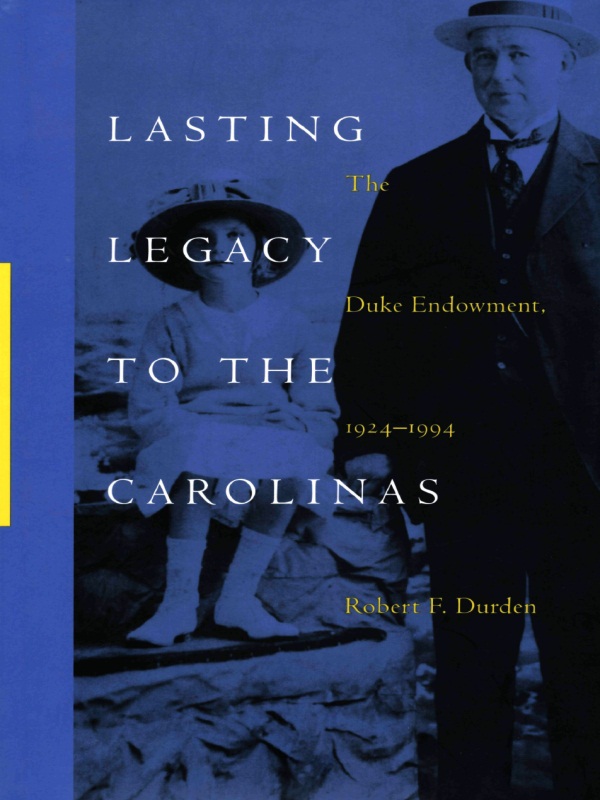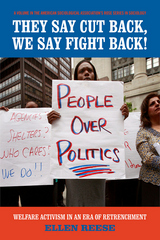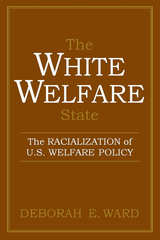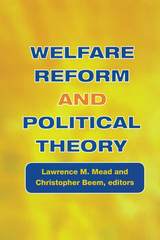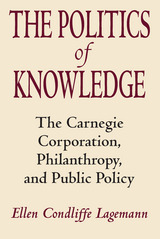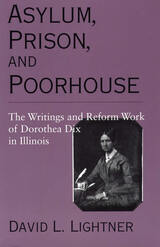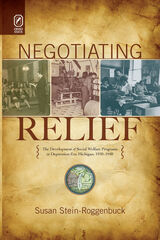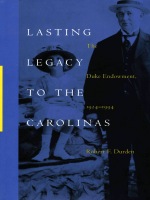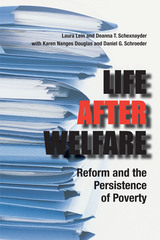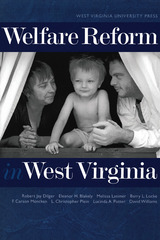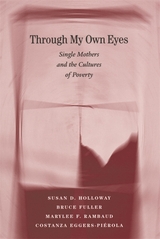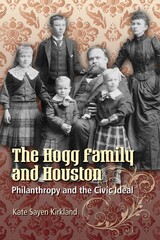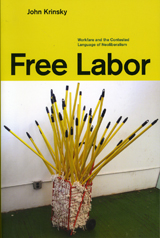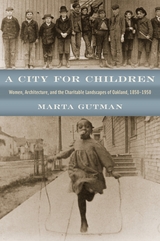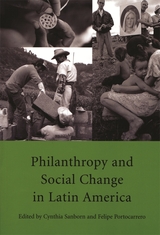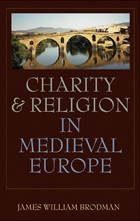“Durden’s well-researched, straightforward account of the establishment of the Duke Endowment in 1924 and its evolution to 1994 is a solid contribution to the scholarly study of the ‘Philanthropoids’ who guide the power of philanthropy. . . . Respecting the fact that accuracy is complexity, Durden provides a good account of how difficult it is to do philanthropy well.” - Choice
“This is a substantial volume that, in addition to its heft, has a handsome look and feel to it. . . . [Durden’s] main thesis is that the history of the Duke Endowment shows that James B. Duke both succeeded and failed in his philanthropic efforts. . . . This volume is a worthy addition to [Durden’s] scholarship.” - Georgia Historical Quarterly
“[R]eaders interested in a thorough narrative of the formation and development of the Duke Endowment or wishing to learn more about any of the important subplots—including the history of higher education, the development of hospitals and medical care in the Carolinas, the evolution of the child care field, and the rural Methodist Church in North Carolina—will find Durden’s book a valuable resource.” - North Carolina Historical Review
“[W]ell-organized and well-written. The author is especially adept at guiding the reader through the intricacies of Duke’s grand design and making understandable the dense verbiage of fiduciary law. Further, Durden provides useful historical sketches of several beneficiary institutions. Lasting Legacy to the Carolinas is a valuable addition to regional history and a fitting capstone to the study of a great family of the New South.” - Eldred E. Prince, Jr., Mississippi Quarterly
“Respecting the fact that accuracy is complexity, historian Durden carefully reveals a provocative account of how the personalities of the managers of philanthropy influenced the wielding of the wealth and the commitments of all of the institutions that the endowment touched. Durden has written a book that is needed in the history of wealth and education in the south. It is also a good account of how difficult it is to do philanthropy well.” - Journal of Southern History
"Lasting Legacy to the Carolinas presents new material that will be of use to the general public and to scholars interested in foundations and the history of the Carolinas. Durden is an excellent historian and writer."—Dr. P. Preston Reynolds, Welch Institute at The Johns Hopkins University
“[R]eaders interested in a thorough narrative of the formation and development of the Duke Endowment or wishing to learn more about any of the important subplots—including the history of higher education, the development of hospitals and medical care in the Carolinas, the evolution of the child care field, and the rural Methodist Church in North Carolina—will find Durden’s book a valuable resource.”
-- North Carolina Historical Review
“[W]ell-organized and well-written. The author is especially adept at guiding the reader through the intricacies of Duke’s grand design and making understandable the dense verbiage of fiduciary law. Further, Durden provides useful historical sketches of several beneficiary institutions. Lasting Legacy to the Carolinas is a valuable addition to regional history and a fitting capstone to the study of a great family of the New South.”
-- Eldred E. Prince Jr. Mississippi Quarterly
“Durden’s well-researched, straightforward account of the establishment of the Duke Endowment in 1924 and its evolution to 1994 is a solid contribution to the scholarly study of the ‘Philanthropoids’ who guide the power of philanthropy. . . . Respecting the fact that accuracy is complexity, Durden provides a good account of how difficult it is to do philanthropy well.”
-- Choice
“Respecting the fact that accuracy is complexity, historian Durden carefully reveals a provocative account of how the personalities of the managers of philanthropy influenced the wielding of the wealth and the commitments of all of the institutions that the endowment touched. Durden has written a book that is needed in the history of wealth and education in the south. It is also a good account of how difficult it is to do philanthropy well.”
-- Journal of Southern History
“This is a substantial volume that, in addition to its heft, has a handsome look and feel to it. . . . [Durden’s] main thesis is that the history of the Duke Endowment shows that James B. Duke both succeeded and failed in his philanthropic efforts. . . . This volume is a worthy addition to [Durden’s] scholarship.”
-- Georgia Historical Quarterly
